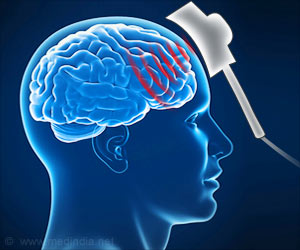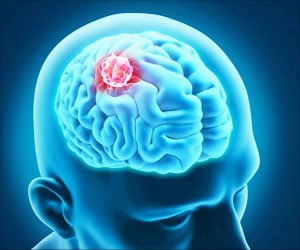Duplications or deletions of DNA along 22nd chromosome hint at biological underpinnings of neuropsychiatric disorders.

‘The exact cause of schizophrenia is not yet known, but a combination of genetics, environment and altered brain chemistry and structure may play a role.’





The research, published in the Journal of Neuroscience, sheds light on how an excess, or absence, of genetic material on a particular chromosome affects neural development. "Notably, the opposing anatomical patterns we observed were most prominent in brain regions important for social functioning," said Carrie Bearden, lead author of the study and a professor of professor of psychiatry and biobehavioral sciences, and of psychology, at UCLA. "These findings provide clues into differences in brain development that may predispose to schizophrenia or autism."
Bearden's earlier research had focused on children with abnormalities caused by missing sections of genetic material on chromosome 22, in a location known as 22q11.2. The disorder, called 22q11.2-deletion syndrome, can cause developmental delays, heart defects and distinct facial features. It also confers the highest-known genetic risk for schizophrenia.
Then she learned that people with 22q duplication -- abnormal repetition, or duplication, of genetic material in chromosome 22 -- had learning delays and sometimes autism, but a lower risk for schizophrenia than that found in the general population. In other words, duplication of genetic material in this region seemed to provide some protection against schizophrenia.
For the current study, Bearden, who is part of the UCLA Semel Institute for Neuroscience and Human Behavior, conducted MRI scans of 143 study participants: 66 with 22q deletions, 21 with 22q duplications, and 56 without the genetic mutation.
Advertisement
"The next question is how does brain anatomy -- and brain function -- relate to psychiatric outcomes? These findings provide a snapshot," Bearden said. "We are now conducting follow-up studies to track predictors of outcome over time. Those are the puzzle pieces that are next on our list to disentangle."
Advertisement
Bearden says she and her team are collaborating with other scientists to investigate brain structural differences in animal models, to find out what causes them at the cellular level.
Source-Eurekalert











